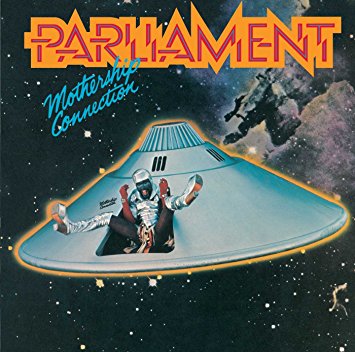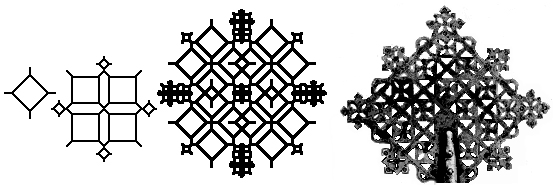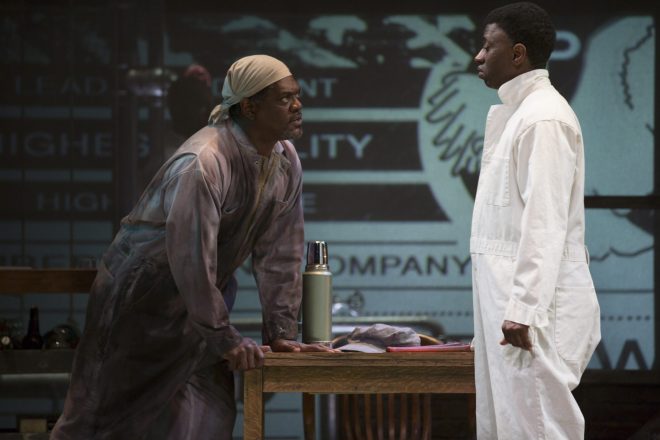In my first blog post, I wrote about an epigraph from Toni Morrison that says, “We die. That may be the meaning of life. But we do language. That may be the measure of our lives.” Morrison’s quote has been on my mind since I wrote my first blog post, where I only scratched the surface of what she was trying to communicate. I saw a few parallels between what she was discussing and what we addressed in class, but I nonetheless felt a disconnect between what I was learning and what Morrison was saying. However, I started to understand more as we progressed through the semester. Soon enough I could grasp important concepts and ideas, which I expanded in my blog posts and thought about in my free time. This process helped me reach a conclusion about Morrison’s epigraph and how it applies to the literature we have read throughout the semester, as well as my growth as a student. What Morrison is communicating is that language is powerful and that we engage with it on a daily basis through cycles of repetition and revision. It is through this process of constant engagement with literature, as well as with other art forms that I was able to recognize the themes, motifs, and greater ideas present in this class. While I still struggle with them from time to time, I nonetheless have the ability to discuss, think about, and break them down.
The first work of literature that put me in this cycle of intense engagement with language and literature was African Fractals: Modern Computing and Indigenous Design by Ron Eglash. Ironically, the realizations that I had about this book didn’t come until long after we stopped reading. I was more confused than anything when I read the first few chapters. It would be a lie to say I wasn’t shocked by having a math book assigned as part of a three-hundred level English course. I took Dr. McCoy’s 203 class last semester, which also featured varied, abstract ideas and works of literature, but I had never seen anything quite like this and doubted how a math book could pertain to a course on African American literature. In spite of my confusion, there was a quote that stood out to me, “We will start by showing that African fractals are not simply due to unconscious activity. We will then look at examples where they are conscious but implicit designs…” (Eglash, 6). This idea was fascinating, profound, and yet I could barely relate it back to the course material. How could a geometric pattern relate to African American literature or culture? How could something this pervasive and widespread be an intentional design choice in so many cultures? These questions loomed over me as I read this book and while they troubled me at the time, I am glad I had these doubts since they made me more conscious and aware of what to look for as the semester progressed. This process of doubt and questioning helped me reach major realizations around the time we reached the group blogging assignment.
I wrote about the importance of this project in one of my blog posts, however, I want to address what exactly that assignment meant to me. Up until this point, I was struggling much more than I thought I would. After a few underwhelming, haphazardly written blog posts, I started to doubt my ability to succeed in this course. Needless to say, I found this assignment and the synthesis it required to be daunting. Tying together a food journal, books about African farming techniques, a chapter from Invisible Man, and a book of poetry seemed like an impossible task. I feared the worst when I was told I would not only have to write about these but to write about them in a group setting. Although it seemed daunting at first, I found that this challenge was exactly what I needed.
My anxieties over this assignment were not quite as founded as I made them out to be. In fact, I would say that they were just another part of the process of repetition and revision that I engaged with throughout the course. When I started this assignment I was analyzing the course material in the same way I had engaged with everything else up to this point. Only something about the literature made more sense, and the enormous diversity of these works became easier to digest and understand. As these things started to come together, I was reminded of a quote from the Snead article, where he claims that European culture, “does not allow for a succession of actions or surprises.” That’s when it hit me. I expected myself to make steady, measurable progress in a linear fashion. After all, that’s part of the deeply European idea of constant progress and forward momentum, which myself and others were taught time and time again. We are expected to learn something and get better, better, and better until we can perform a task with complete certainty and precision. I was forced to realize that such a thing is not entirely possible or true and that my ability to understand these materials was cyclical as opposed to linear. I had ups and downs, a dynamic cycle of change and growth. While I have a better understanding now, I’m still with faults and do not always have a perfect understanding. Regardless, I am more equipped to recognize patterns and ideas because I have engaged with these works.
It is here where the Morrison epigraph comes into play. The idea that language as the measure of our lives deeply fascinated me, esoteric as it was. In this class, we have spoken at length about the power of language and what specific words can mean. Dr. McCoy has pointed this out countless times, even pointing out the strange, possessive quality of expressions like “let you go”. Language is the measure of our lives because it has power, an intangible, pervasive quality that flows throughout all these immense, “fractal” thru-lines that run throughout the readings and course material featured in this class. People engage with language on a daily basis and are constantly learning and understanding the many different things that make language so influential. My failures and difficulties forced me to realize the importance of Morrison’s quote. Language may be the measure of our lives and I am just starting to engage with it on a higher level. There are ups and downs in that process, sure, but I am ultimately coming out as a stronger reader, writer, and thinker because of it.
Morrison’s epigraph absolutely matters when held up to GLOBE’s standards of revision and reflection over time. If language is “the measure of our lives” that means we are constantly interacting with it, much like how I was constantly engaging with the course material throughout the semester. In the same way that life follows cyclical patterns, so does language. The ability to reflect on this and look back ties directly into the core GLOBE standards that SUNY Geneseo promotes and displays a parallel between both the literature featured in this class and one of the core principles of this institution. Language is the measure of our lives because the things we convey throughout language pervades every aspect of our lives, existing in literature, art, music, and things as mundane as everyday conversation.





